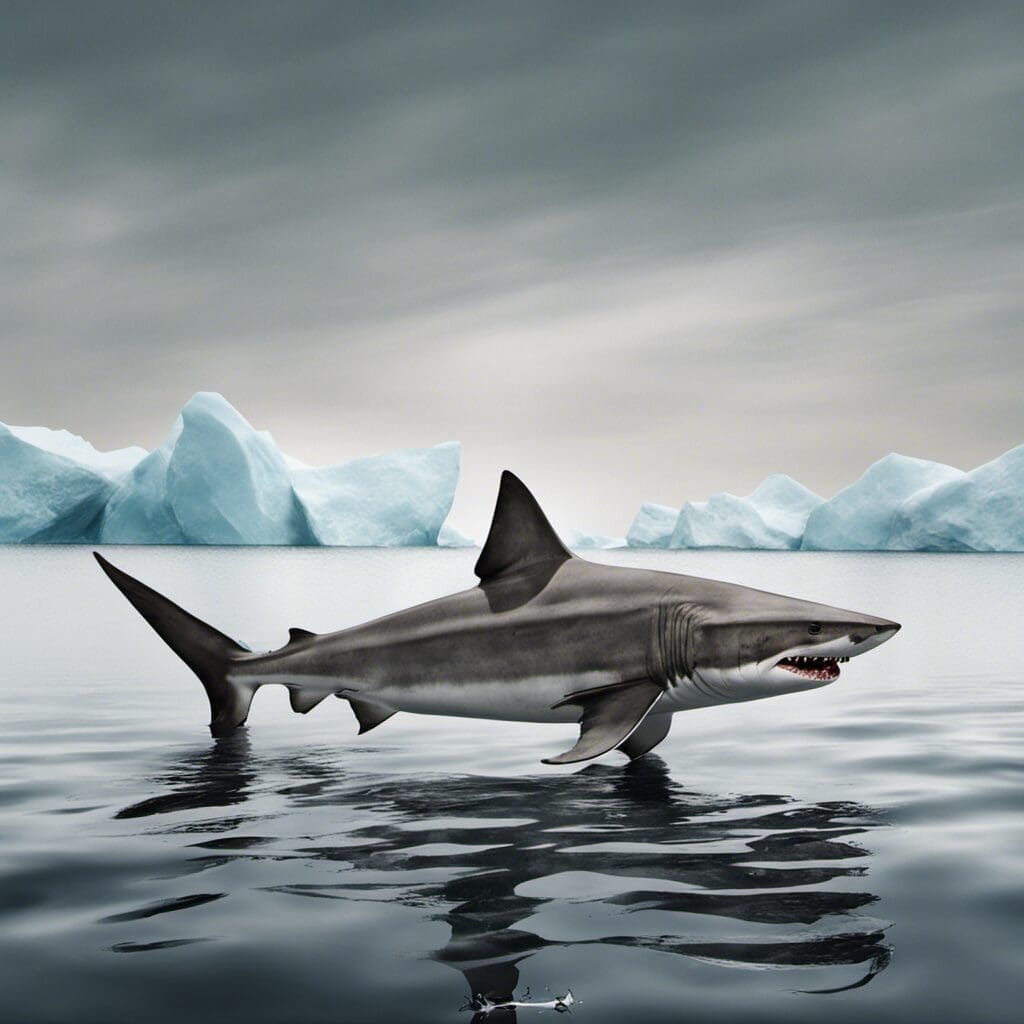Introduction
The Greenland shark (Somniosus microcephalus) is a species that belongs to the Sleeper Shark family (Somniosidae). Known as one of the longest living vertebrates currently known on the planet, its lifespan has been reported to be up to 392 years.
Conservation Status
According to the International Union for Conservation of Nature (IUCN), the Greenland shark is classified as ‘Near Threatened’. Conservation efforts for this species are currently focused on monitoring populations and implementing fishing regulations to prevent over-harvesting.
Statistics
| Statistic | Average | Range |
|---|---|---|
| Length | 6.4 meters | 2.44 – 7.3 meters |
| Weight | 1000 kg | 400 – 1400 kg |
| Average Lifespan | 300 years (up to 392 years reported) | Not specified |
Distribution
Urquhart predominately in the cold waters of the North Atlantic, plenty occurrences of Greenland sharks have been registered from Baffin Island in Canada to the Barents Sea in Russia. The species is also known to conduct deep water migrations possibly in search for food and mating partners.
Habitats
Favoring cold, deep waters, the Greenland shark is primarily found at depths between 1,200 and 2,400 meters in the sub-Arctic seas, preferred temperature range for the species is 1-10 degree Celsius.
When and Where to See
Greenland sharks are not season-specific and can be spotted throughout the year, typically preferring the dark hours of twilight and night for hunting.
Best Fishing Locations
Though spotting and capturing a Greenland shark is no easy task due to its deep-water preferences, the following are some of the areas where they are commonly found:
- Baffin Island, Canada
- Barents Sea, Russia
- Greenland Sea
- Churchill River, Canada
- Bay of Fundy, Canada
- Icelandic waters
- Svalbard, Norway
- Gulf of St. Lawrence, Canada
- Labrador Sea, Canada
- Scandinavian waters
As for a general tip, Greenland sharks are more likely to be found in areas with several marine mammals, which are their primary prey.
How to Catch
Fishing for Greenland sharks is mainly accomplished with large and strong fishing gear due to their size. Preferred bait includes smaller fish species and squid. Due to their predatory nature, the sharks are more likely to be caught during the night when they are most active.
Identification Guide
Much larger than most other shark species, Greenland sharks are characterized by their very thick bodies, comparatively small heads, and very small eyes. They are typically dark in color ranging from grey to blackish-brown with a lighter belly.
Culinary
Greenland sharks are an iconic element of Icelandic cuisine. The meat, not immediately edible, is fermented and then hung to dry for several months to create a dish called Hákarl. The taste is very strong and ammoniacal and typically served in small pieces as an Icelandic delicacy.
Additional Information
Despite their slow swimming speed and deep-water habitat, Greenland sharks display an opportunistic feeding behavior and will eat almost anything—live or dead. They have been found to prey on seals, polar bears, and even horses that come too close to the water. The increased fishing activities, however, have posed a significant threat to this species.
References and Further Reading
Recommended resources to learn more about the Greenland Shark:
- National Geographic: Greenland Shark
- Ocean Portal by Smithsonian: Greenland Shark
- Florida Museum: Greenland Shark

